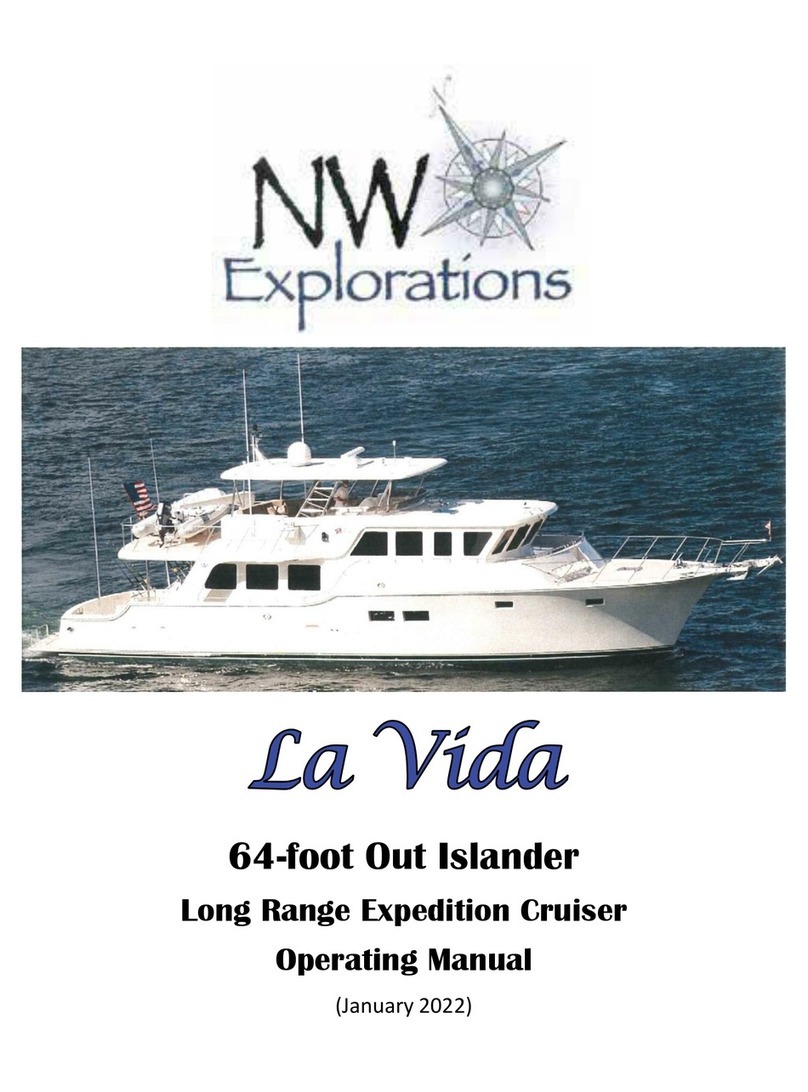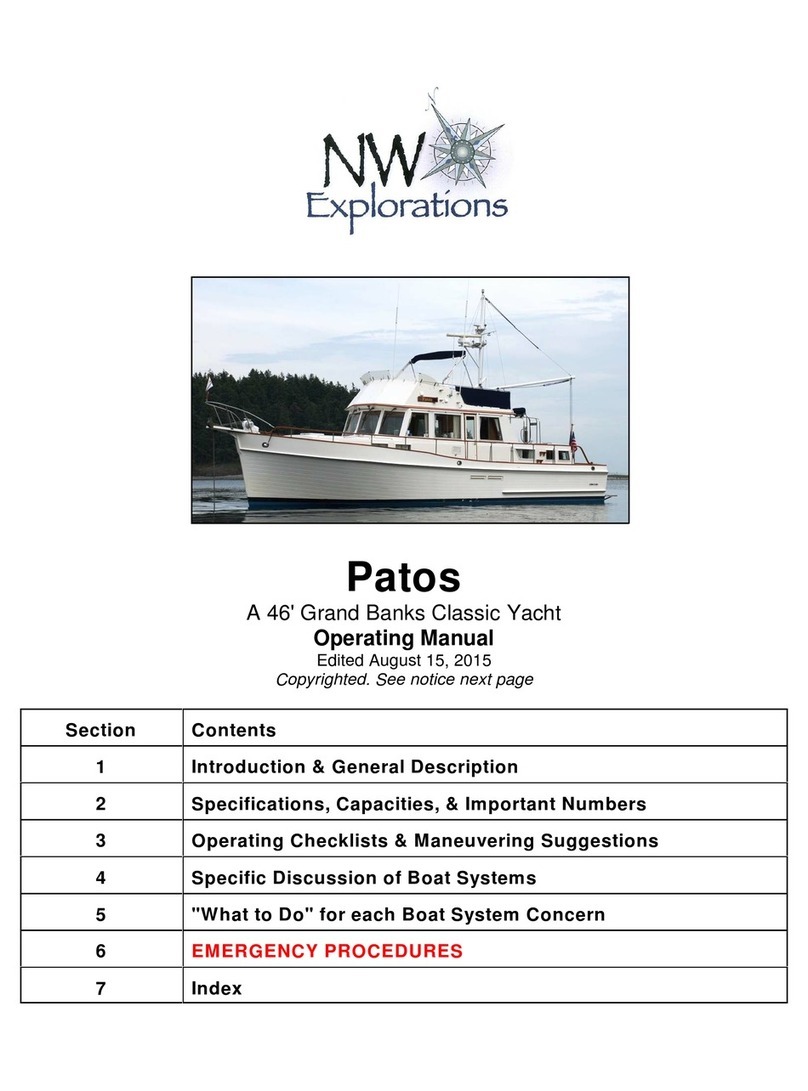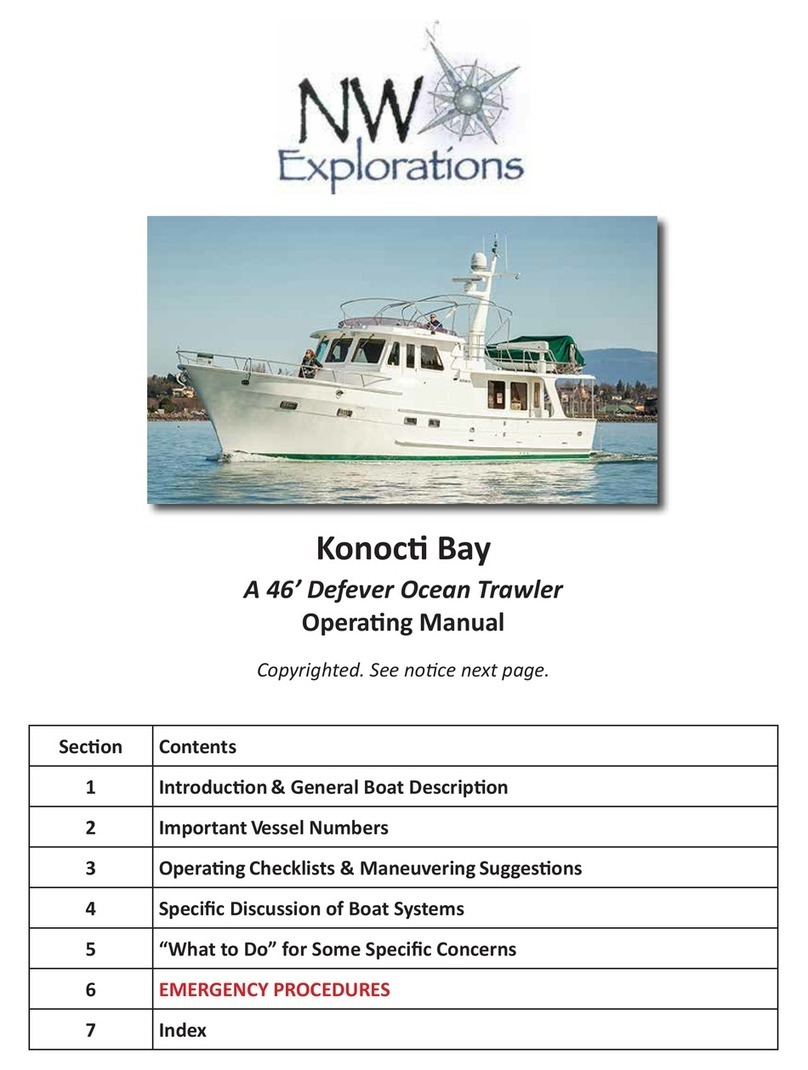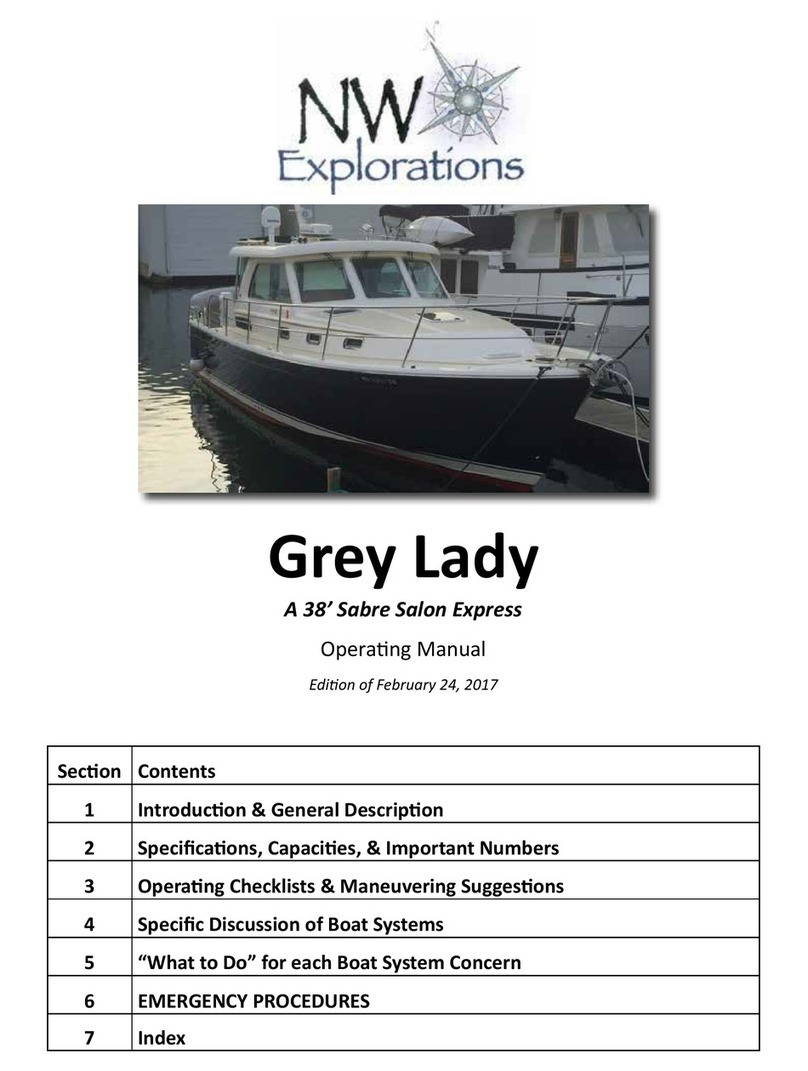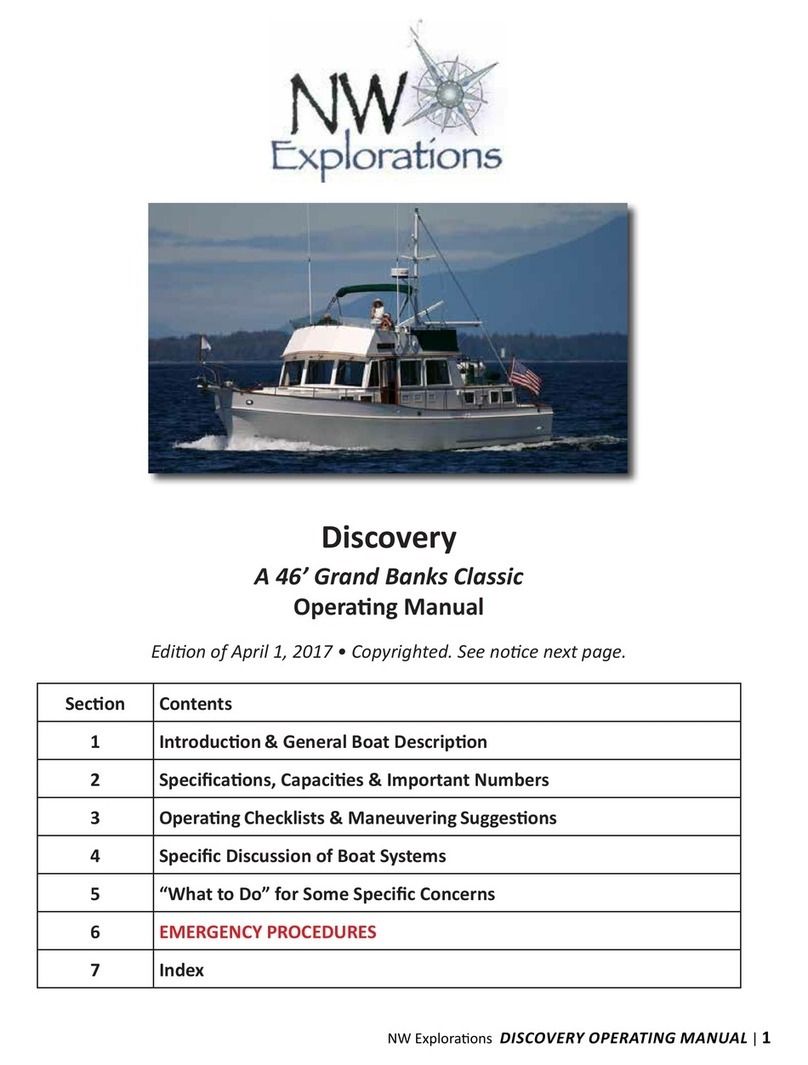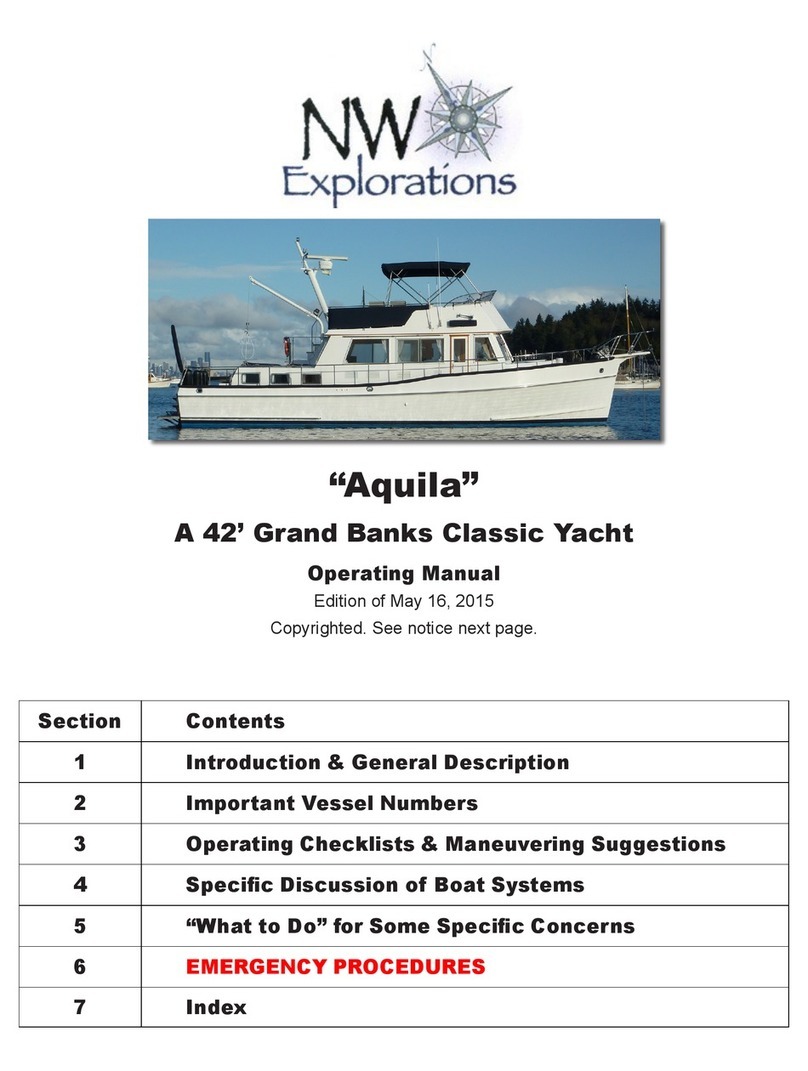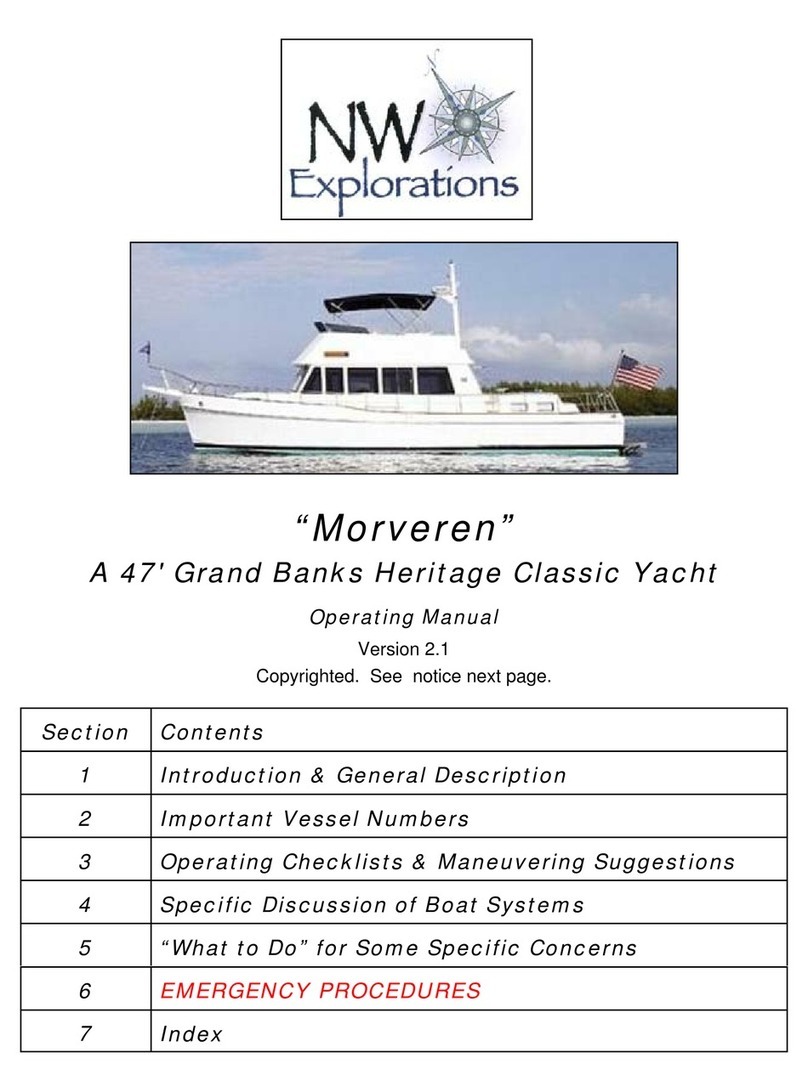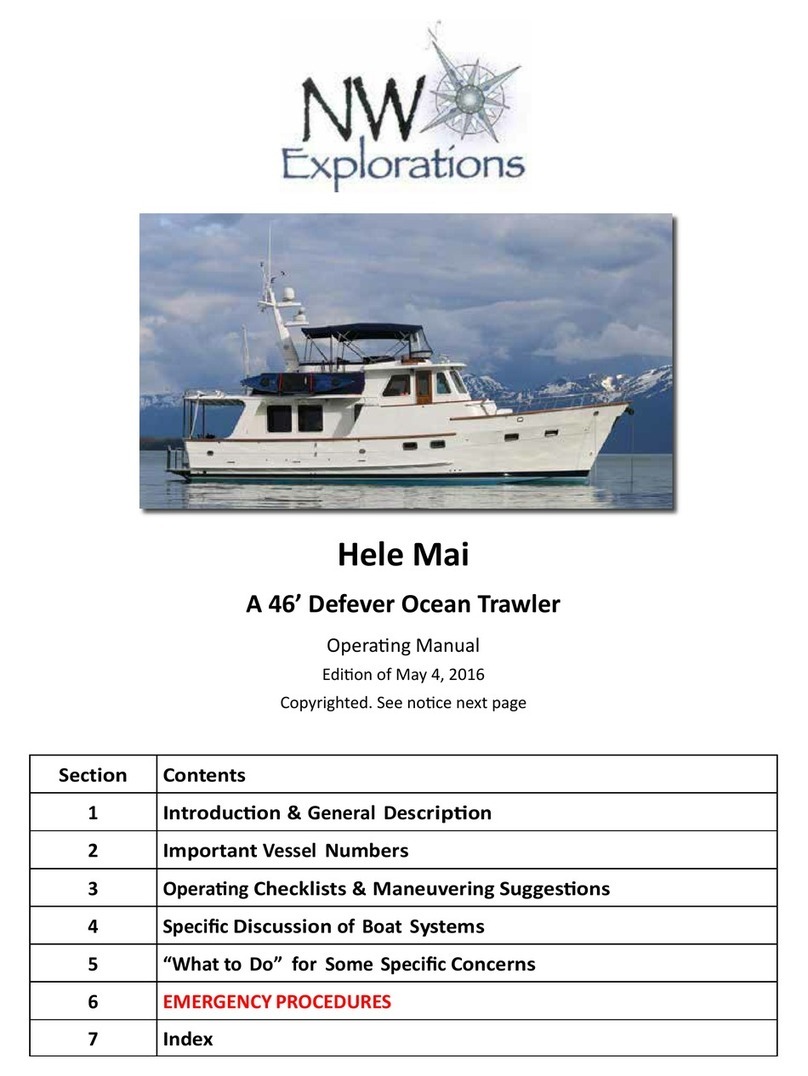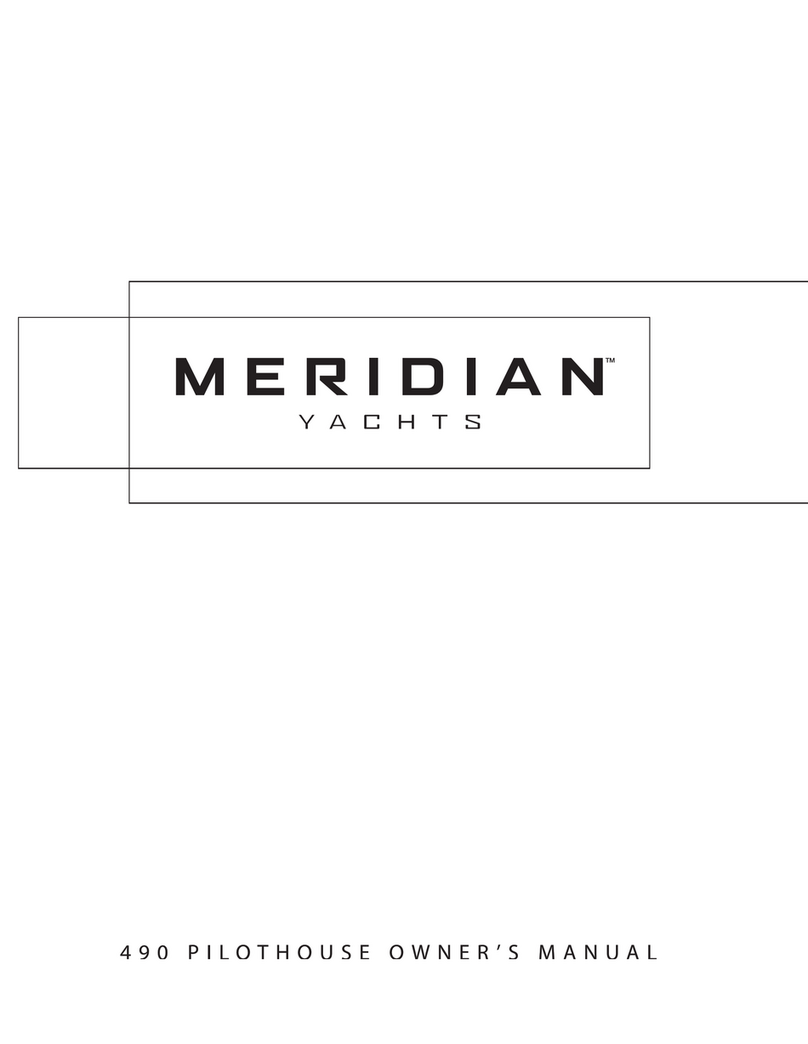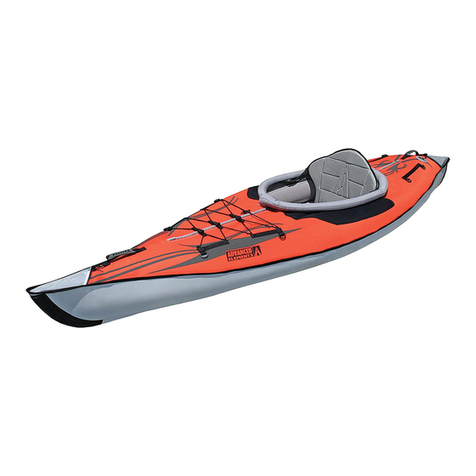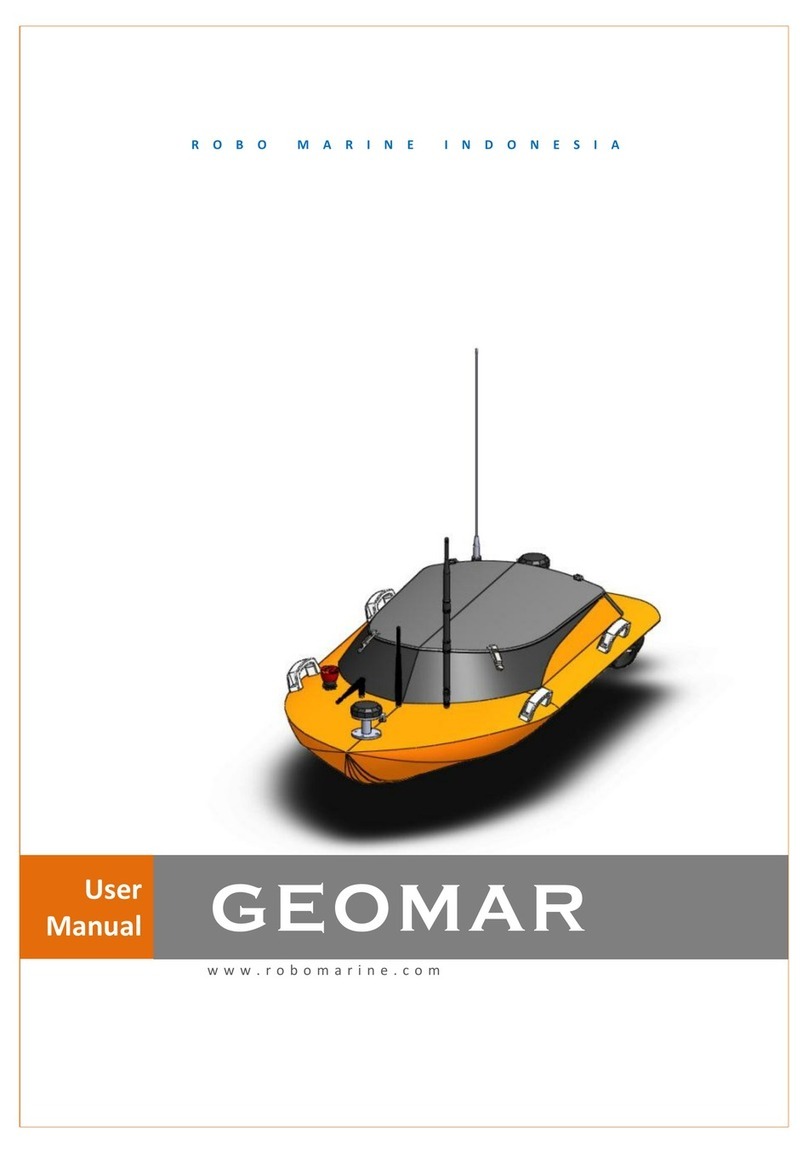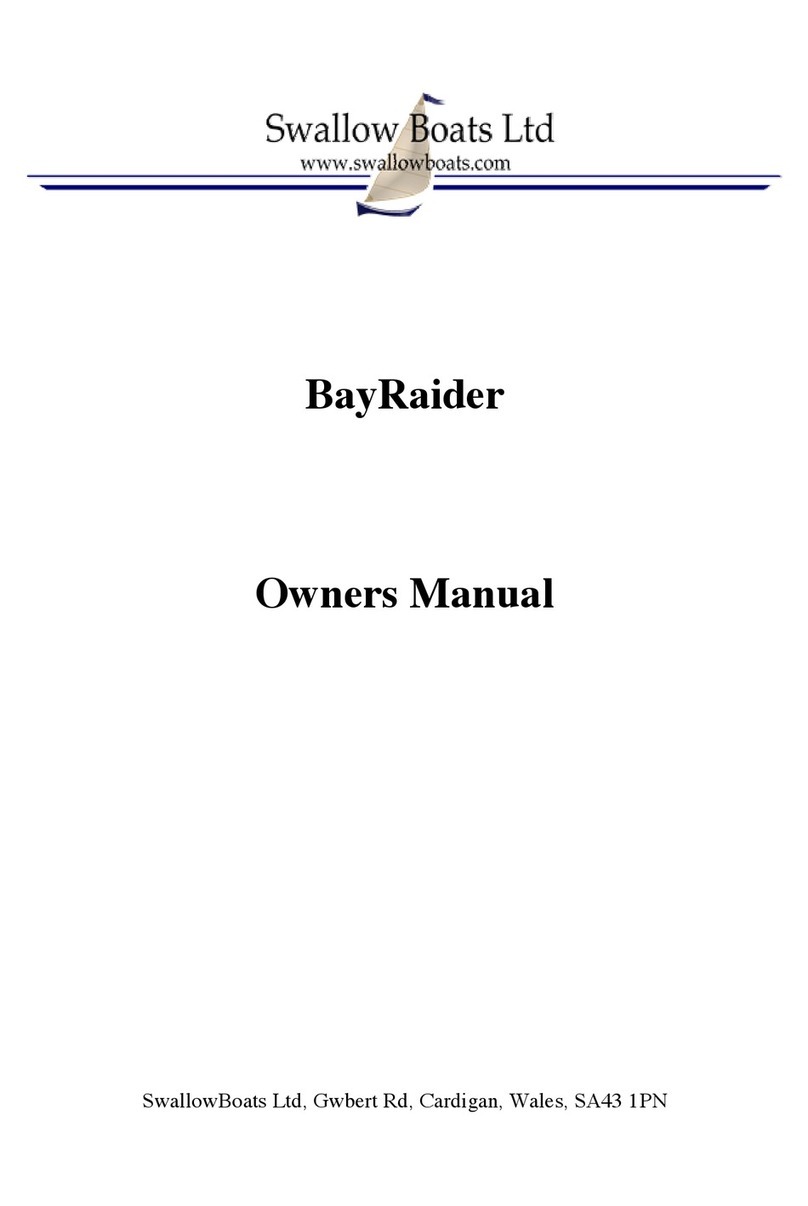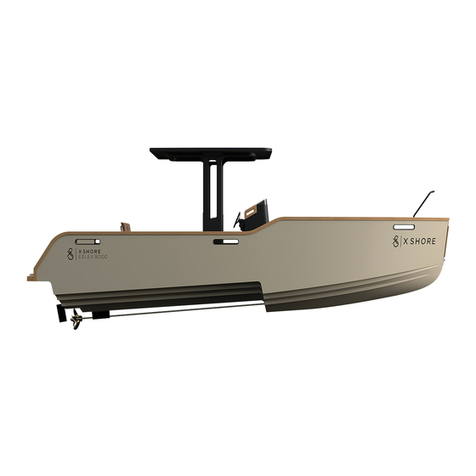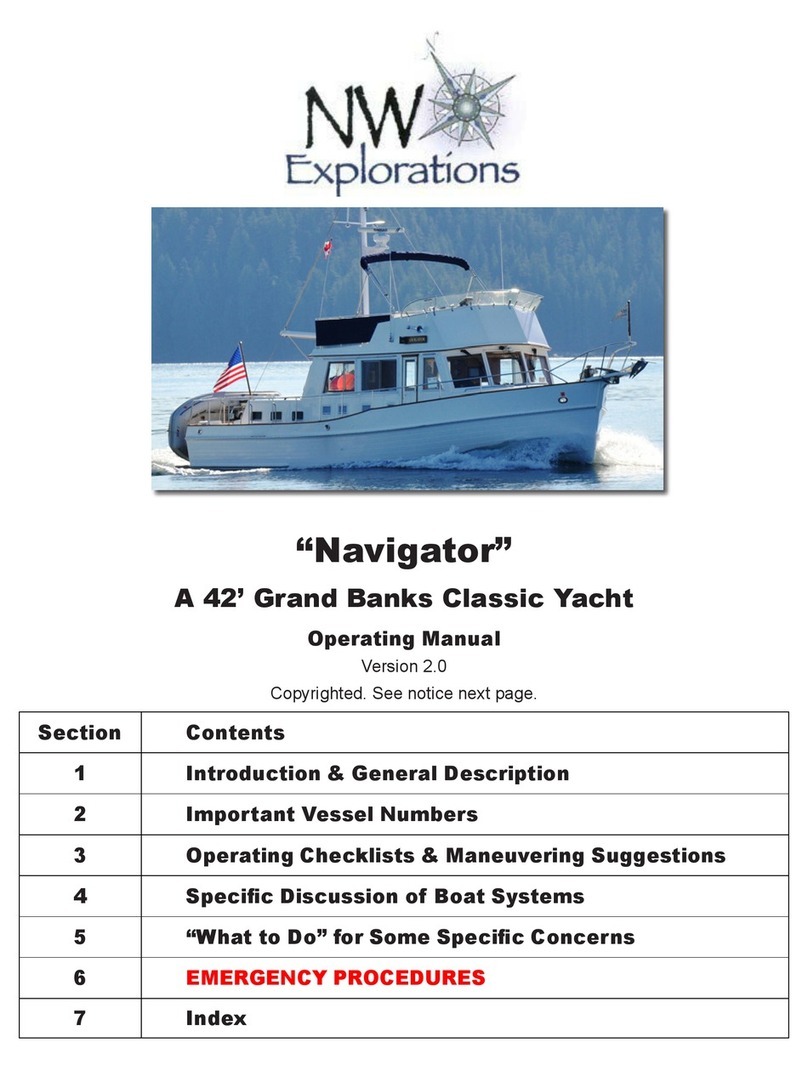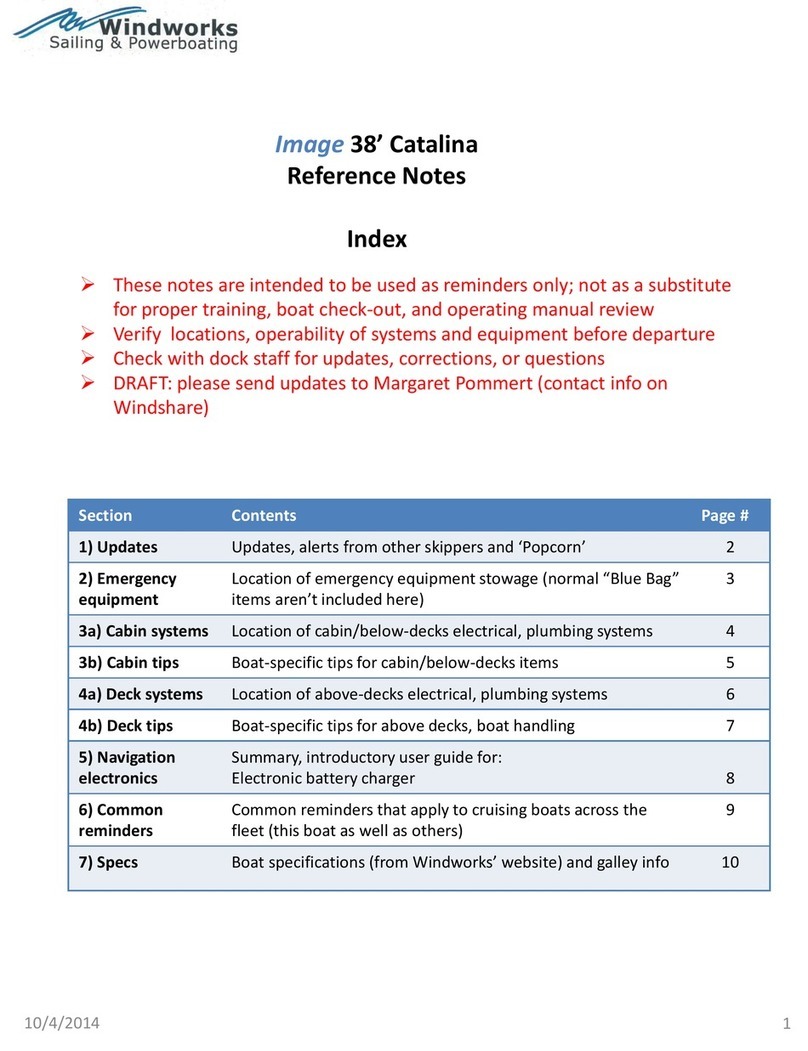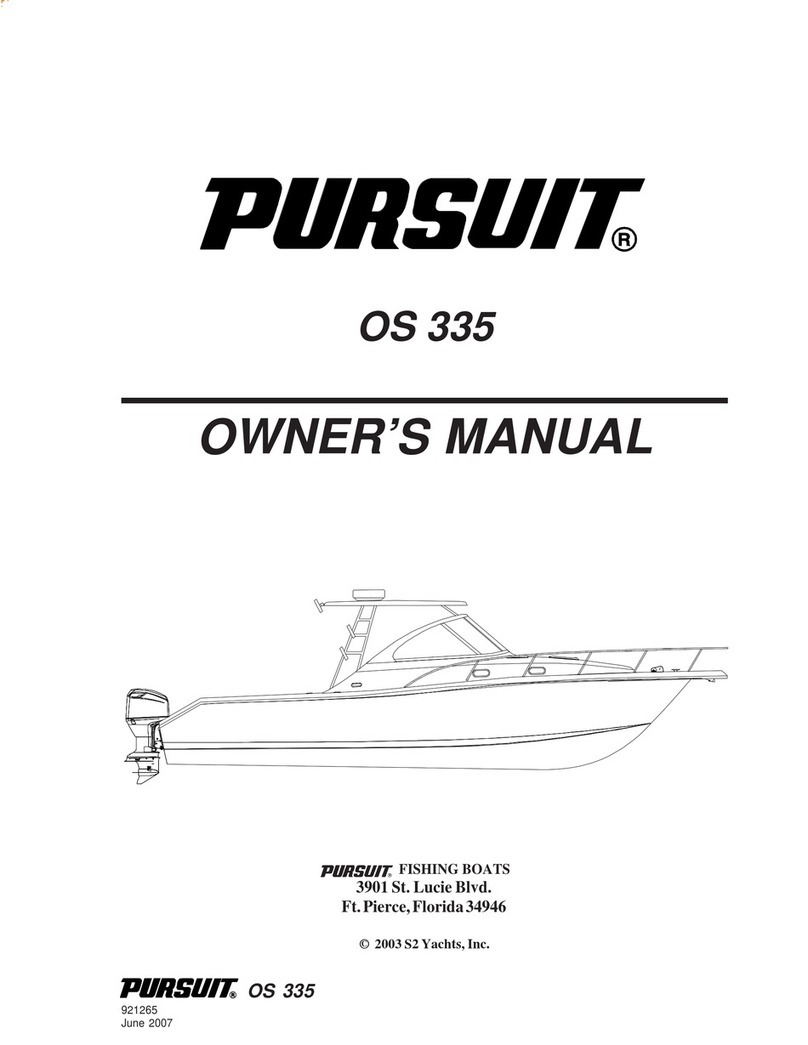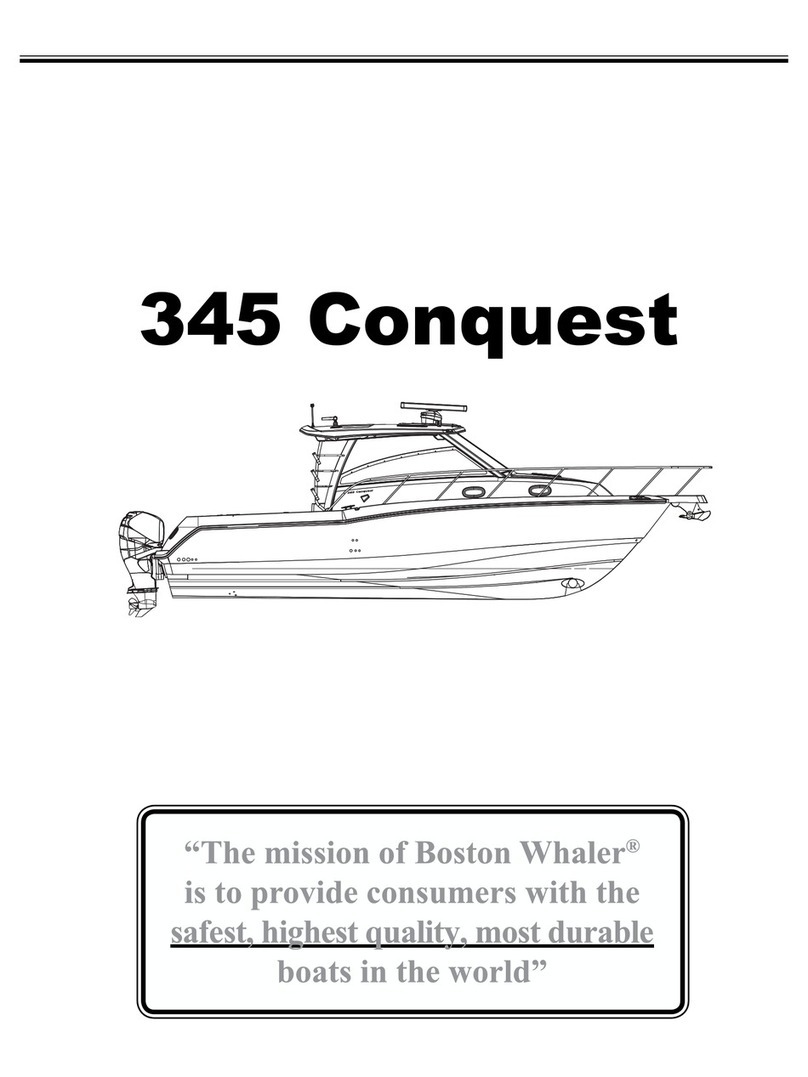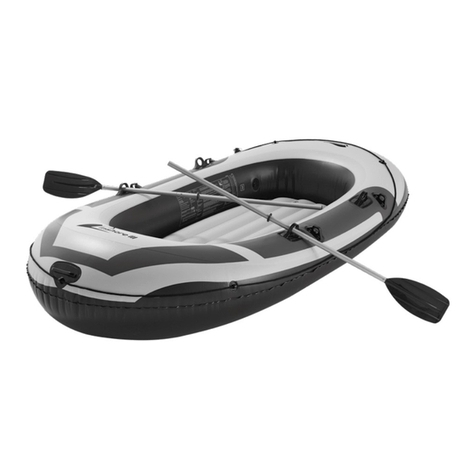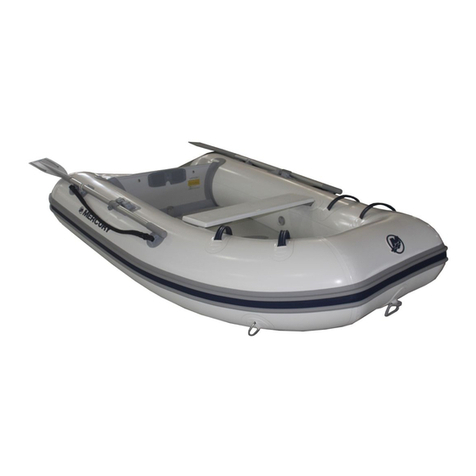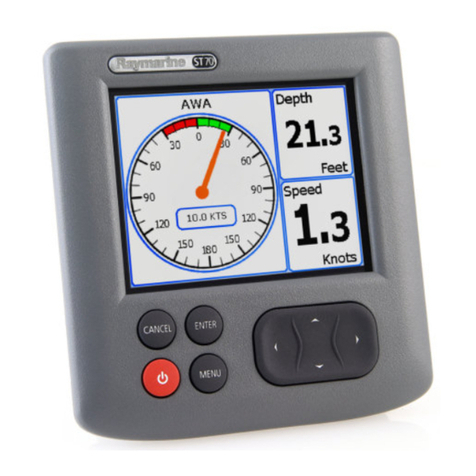ii | ARCTIC STAR OPERATING MANUAL NW Explorations
5.3.2 Monitoring the House Battery Bank....................................................................................................22
5.4 Inverter/Charger............................................................................................................................................23
5.4.1 Inverting...............................................................................................................................................24
6.0 Engines and Engine Room........................................................................................................................... 25
6.1 Engine room check ........................................................................................................................................25
6.1.1 Seawater strainers ...............................................................................................................................25
6.1.2 Coolant level ........................................................................................................................................26
6.1.3 Oil drips................................................................................................................................................27
6.1.4 Fuel filters ............................................................................................................................................27
6.1.5 Engine oil level.....................................................................................................................................28
6.2 Fuel Management, Fuel manifold and Fuel level...........................................................................................28
6.2.1 Fuel Manifold.......................................................................................................................................29
6.2.2 Fuel Level .............................................................................................................................................29
6.3 Engine Controls and Gauges..........................................................................................................................30
6.4 Engine Startup ...............................................................................................................................................30
6.4.1 Starting Procedure...............................................................................................................................31
6.4.2 Stopping Procedure .............................................................................................................................31
6.5 Bow Thruster .................................................................................................................................................31
7.0 Electronic Aids to Navigation......................................................................................................................32
7.1 VHF radio.......................................................................................................................................................32
7.2 Autopilot and Rudder Angle Indicator...........................................................................................................33
7.3 Chartplotter...................................................................................................................................................34
7.3.1 Radar....................................................................................................................................................36
7.4 Depth Sounder...............................................................................................................................................36
7.5 Automatic Identification System (AIS)...........................................................................................................37
8.0 Maneuvering Suggestions........................................................................................................................... 37
8.1 Departing from a Dock ..................................................................................................................................37
8.2 Docking..........................................................................................................................................................38
8.3 Close quarter Maneuvering ...........................................................................................................................39
8.4 Bow Thruster .................................................................................................................................................39
8.5 Stabilizer........................................................................................................................................................39
8.6 Synchronizer when Cruising...........................................................................................................................40
8.7 Trim Tabs.......................................................................................................................................................41
9.0 Anchoring ...................................................................................................................................................41
9.1 Setting an Anchor ..........................................................................................................................................41
9.2 Hauling the Anchor........................................................................................................................................43
9.3 Stern tie .........................................................................................................................................................43
9.4 Rafting...........................................................................................................................................................44
10.0 Inflatable Tender.................................................................................................................................... 45
10.1 Tender............................................................................................................................................................45
10.2 To Launch the Tender: ...................................................................................................................................46
10.3 Starting the Outboard Motor ........................................................................................................................46

